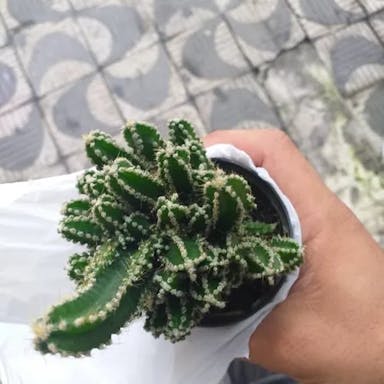Sea purslane, known by Atriplex portulacoides, originates as a halophyte native in shoreline areas of Europe and northern Africa. Belonging within the Amaranthaceae family, it is distinguished by its fleshy oblong or spatula-formed leaves. Its blossoms, typically greenish or reddish in hue, are petite and inconspicuous. This yearly herb, able to attain 50 cm height, dwells commonly within salt marshes and estuaries. A. portulacoides generates minute winged fruits containing individual seeds. Its capacity to endure high salinity in the ground fits it for coastal locales. Though ornamentally valued in landscaping, sea purslane is also edible, with a mildly salty flavor.
0
0











